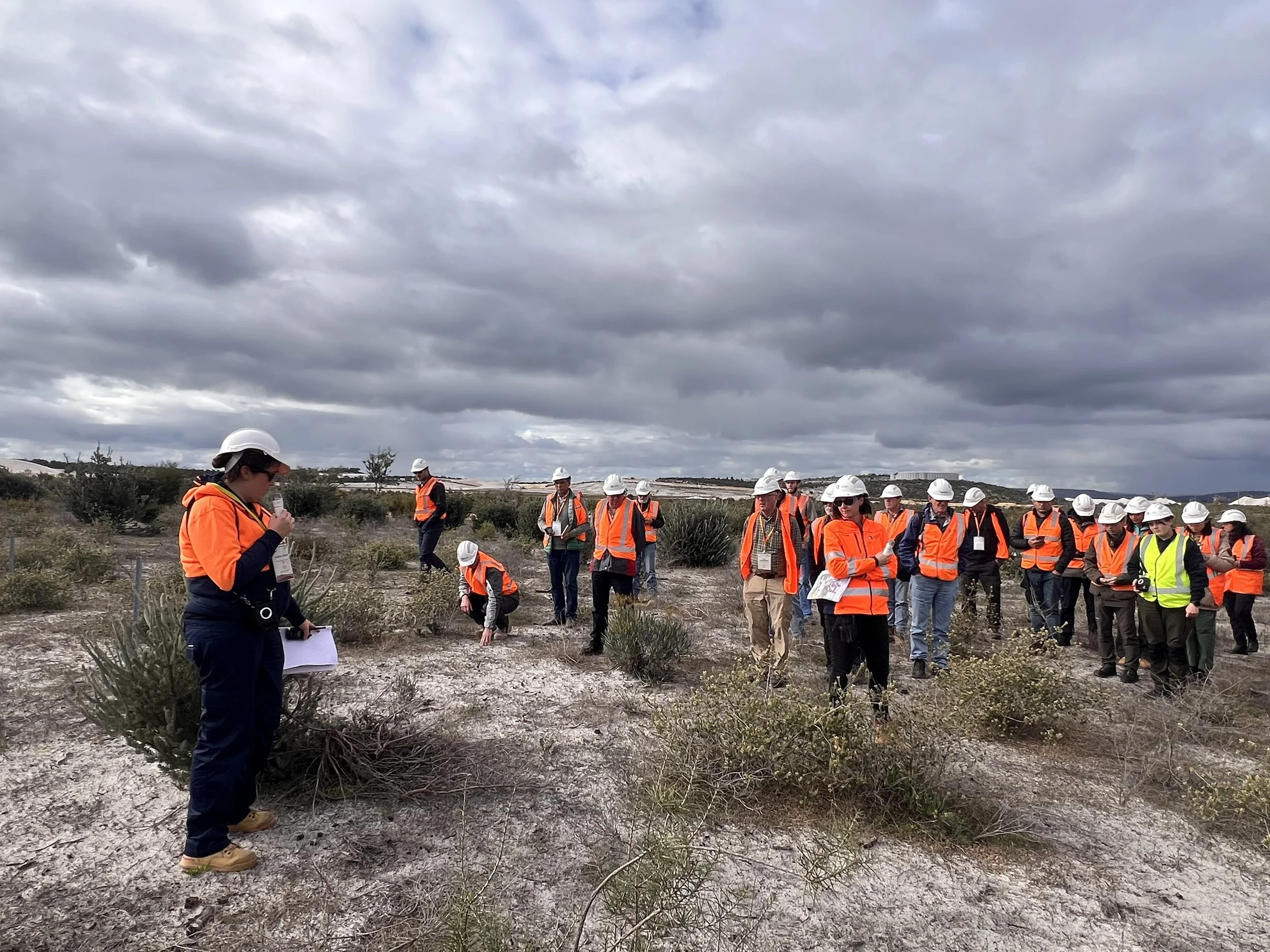Sandy Soils research brings the vibe
In July, Perth was host to the second Global Conference on Sandy Soils, drawing nearly 200 attendees from across Australia and the globe.
In July, Perth was host to the second Global Conference on Sandy Soils, drawing nearly 200 attendees from across Australia and the globe, including researchers, policy makers and private industry from Australia, South Africa, Brazil, China, Japan, North Africa, United States and the Middle East.
Among the standout sessions were case studies from producers already transforming their sandy paddocks into profitable and more resilient land through strategies such as soil amelioration, clay spreading, and targeted organic amendments. PhD students added even more depth, presenting research on topics from potassium leaching to the role of soil organic matter in improving water retention and structure.
The interest in the productivity of sandy soils was encouraging; with those in attendance having a positive appreciation of the knowledge gained about building up sandy soils and their future productivity.
The two jam-packed field days allowed delegates to get their boots dirty, exploring some of WA’s most challenging agricultural and rehabilitated soils at the Dawesville cut, a local sand mine, an ameliorated deep sandy cropping soil, a horticultural research site and the Lake Clifton Thrombolites.
Wheatbelt NRM Sustainable Ag project delivery officer Aimee Ray said it was amazing to see the challenges that Western Australian sandy soils have presented to production and how many of these constraints have been overcome to reduce nutrient leaching, increase water use efficiency and gain impressive yield benefits.
Methods discussed included soil amelioration using strategic tillage to incorporate clay, compost and lime to reduce common soil constraints such as non-wetting, acid soils, low water holding capacity and low cation exchange capacity.
“There was a lot of talk about improving the soil “bucket”, otherwise known as yield capacity,” Ms Ray said.
“Knowing the yield potential of your soils based on rainfall and fertility is key to knowing how much you can profitably invest in remediating your soils; having access to detailed yield data is essential when beginning to plan your soil improvement activities.”
“We are fortunate to have a broad range of funding that supports soils research and field trials here in Australia.
“One Narrogin farmer grew a full crop on just 220 mm of rain, a powerful reminder that what’s being achieved across the Wheatbelt with so little water is nothing short of remarkable.”
Doctorate subjects from PhD students presented were as diverse as ‘How organic and non-organic amendments affect soil organic matter in sandy soils’ to research in potassium leaching in sandy soils.
The focus on soils research and extension looks set to continue as the federal government has recognised the importance of soil health in the National Soil Action Plan National Soil Action Plan - DAFF
The National Soil Action plan identifies four priority actions for 2023 -2028 being to prioritise soil health, empower and strengthen soil knowledge, innovation and capability.
“This funding has helped build momentum in the soils space at all levels of government and is filtering down to farm businesses and private enterprise,” Ms Ray said.
“The understanding that the more we know about our soils the more we can work to build their resilience will underpin future productivity and environmental and population health.”
Ms Ray said the event sponsors should be proud to support such a high calibre event.
Subscribe to our e-newsletter and keep up to date on current events, partnership opportunities, and NRM in the Wheatbelt.
Published eNews #405, August 2025





